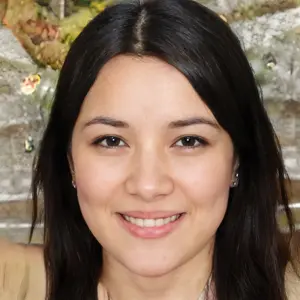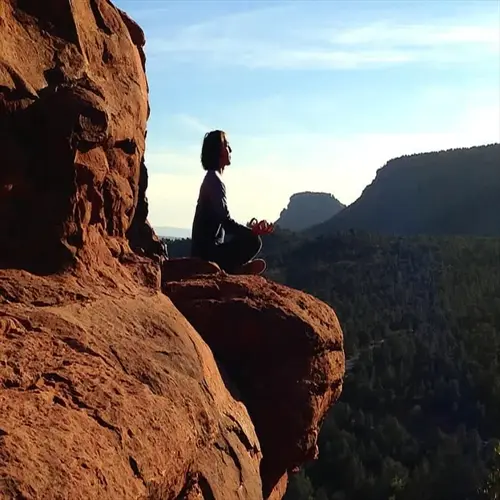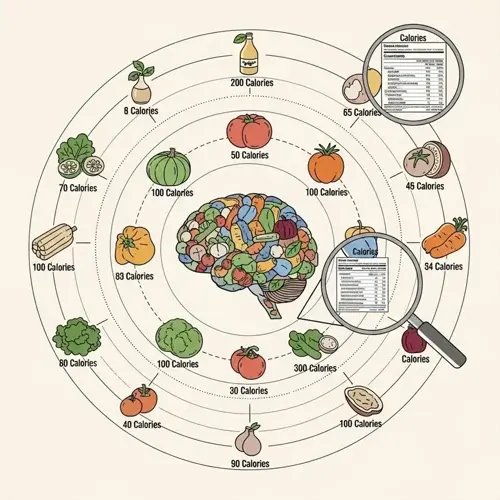How do I know I'm meditating correctly?

Written by
Chen Jialiang
Reviewed by
Prof. William Dalton, Ph.D.Recognizing you are meditating correctly involves looking for several signs during practice. True meditation is not about quieting the thoughts, but about simply seeing them in a non-judgmental way. You will feel securely anchored in your breath or point of focus. Distractions become opportunities to refocus, rather than excuses for failure.
Note small signs of efficiency. Notice your attention easily returning after wanderings. Please pay attention to sensations in the body, such as breathing rhythms, without dwelling on them. Experience times when thought processes slow down naturally. These signs indicate that meditation is having an effect below the threshold of awareness.
Mental Indicators
- Thoughts slow without forced suppression
- Distractions acknowledged then released gently
- Momentary gaps appear between thoughts
- Returning focus feels effortless over time
Physical Signs
- Natural breathing rhythm maintains easily
- Muscle tension decreases noticeably
- Subtle body awareness increases
- Posture feels comfortably sustained
Emotional Signals
- Frustration about distractions diminishes
- Background anxiety softens gradually
- Moments of calm contentment arise
- Self-compassion strengthens naturally
Don't identify meditation with techniques for relaxation. Calmness may occur, but it is not necessary for every session. The primary skill is to become aware of experience as it unfolds, without reacting to it. The evidence of progress is in expanded awareness in living and not only in formal meditation.
Test out your practice with transitions from everyday life. You may notice how your patience with traffic increases. You might notice how quickly you recover after an upset. You might even appreciate it when you barely react and rather take a moment to pause and respond. These are all examples of the actual benefits.
Read the full article: How to Start Meditating: A Beginner's Guide

